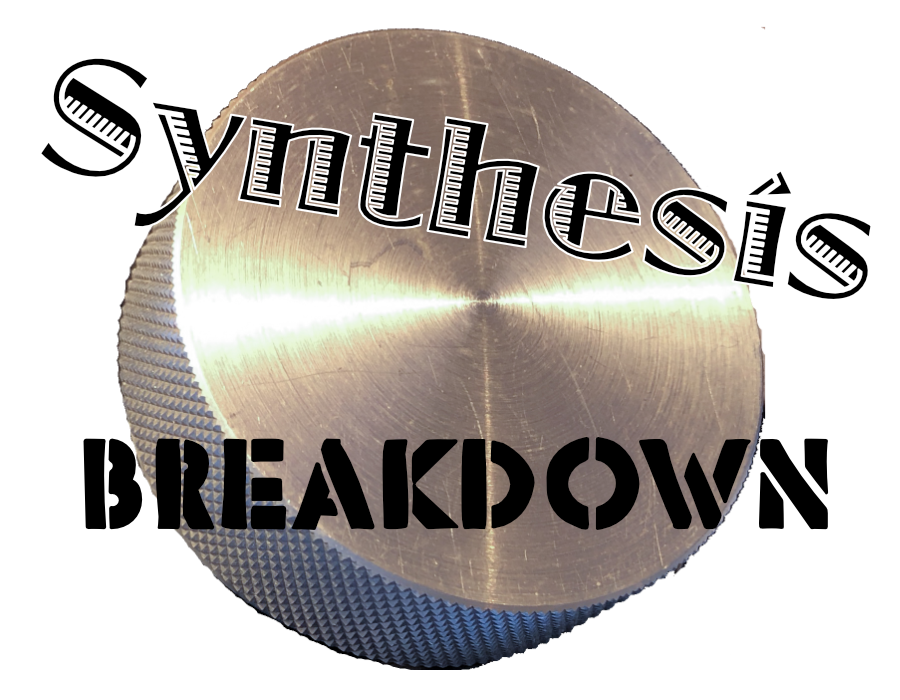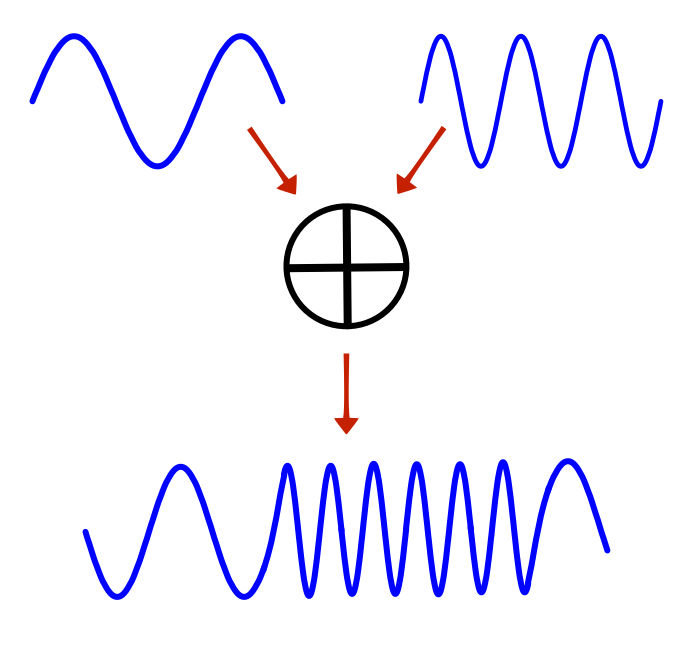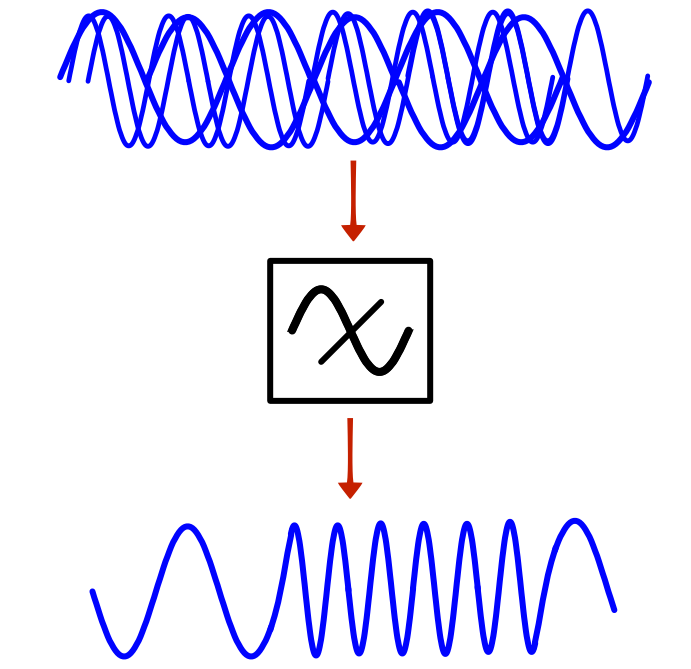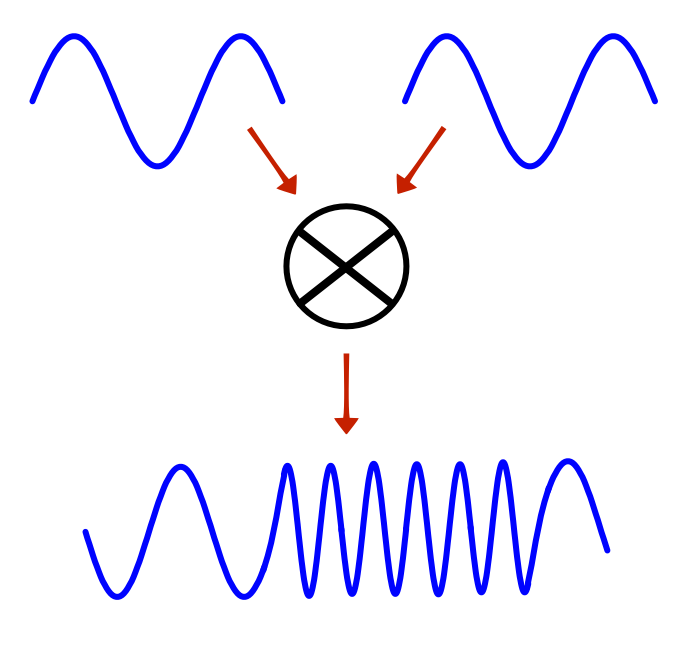Many instruments and sounds can be “synthesized” by adding together simpler waveforms, such as sine waves of different frequencies. And of course, things get more interesting when the waveforms used are other waves, such as square, triangle, etc.

Additive Synthesis
Many years ago Joseph Fourier found out that any sound, no matter how complex, can be re-created by adding together (sometimes called superposition) of sine waves at different frequencies, amplitudes and phases. This technique is called Additive Synthesis (also called Harmonic Synthesis).

Subtractive Synthesis
There are many different synthesis methods. Early Analog Synthesizers used a method called Subtractive Synthesis to create interesting sounds by using analog filters. Typically those synthesizers would start with a complex waveform (such as white noise or a ramp wave) and then filter the sound to create the synthesized output.

The Synclavier Method
Synclavier uses a set of 24 “harmonics” as the starting point for every Partial Timbre. The fundamental and 23 harmonic coefficients (relative amplitudes) are set. Zero means the harmonic doesn’t sound, 100% means it’s at the highest level it can be. These harmonics are then “added” together. A sound designer lives in the space of designing these harmonics to craft or shape a sound that is useful, interesting, exciting, and so on. To achieve even more interesting “inharmonic” sounds, FM modulation is used.
Frequency Modulation
Frequency Modulation, or FM Synthesis, is a technique where two waveforms are combined so that the amplitude of one waveform (“modulator”) modifies the phase of the second waveform (“carrier”). The ratio of the two waveforms determines whether the result sounds like a bell, a church organ, or even a lightsaber. On a Synclavier system, the level of FM modulation for each of the 24 “harmonics” can be individually set. And of course zero, means no FM modulation.

Putting this all Together
So, Synclavier combines the Additive Synthesis and FM Synthesis methods under the control of an easy-to-use touch-screen interface. Once you know how to use Synclavier’s core sound engine, any type of sound can be constructed from judicious use of these parameters. Not only that, Synclavier supports multiple “partials” so many sounds generated in this way can be mixed together in a Timbre, then Timbre Frames can be used to create even more complex and evolving sounds. Once you get the hang of things, it’s simple to create new FM Timbres and a lot of fun. To see Additive Synthesis in action, check out the video tutorial that our friend Stuart Kilbride (Red Sky Lullaby) put together.



Very informative. Always wondered how synthesizers actually worked, and how they get that funk drenched 80’s sound. Thanks, Damian.
Love the app! The presets are excellent and the internal help tour works well interactively. One suggestion with the PDF manual: search for “Addictive” (on page 20 of 38), and replace with “Additive”. It may well be the former but I think the latter is what was intended. Cheers, Dennis.
Thanks, Dennis.